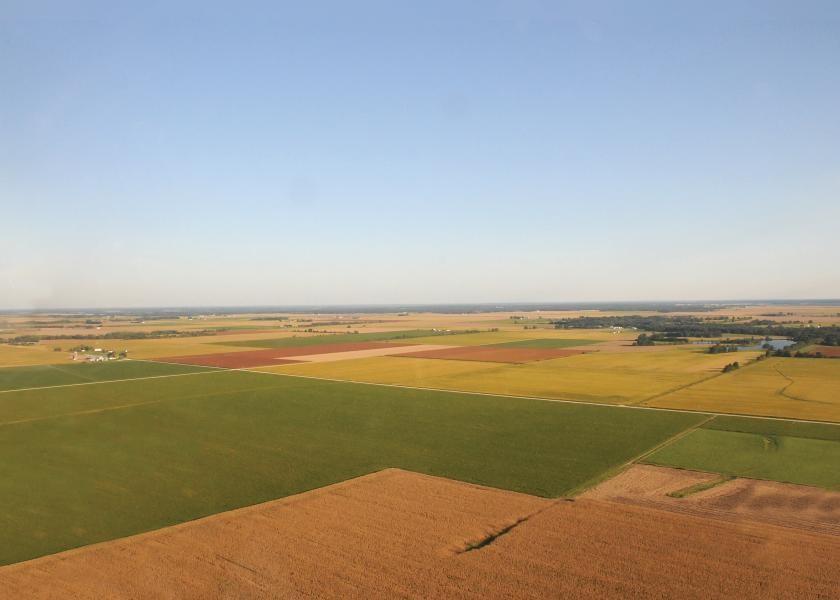According to the forecast by Rusagrotrans in November, Russia will export 4.35 million tons of wheat (4.65 in the previous estimate). In the first half of the month, exports reached 1.8 million tons. In November 2022, exports reach 4.74 million tons, and in October 2023 – 5.1 million tons.
IKAR has increased its forecast for the wheat production in 2023/24 in Russia by 0.34 million tons to 91.7 million tons. The barley production is expected at 21.1 million tons (+0.071), and corn production is estimated at 17.7 million tons (+0.259).
The weekly grain export from the Russian port of Novorossiysk was 224,400 tons (306,400 a week earlier). Wheat is mainly exported, primarily to Turkey.
According to AgRural, as of November 16, 2023, 68% of the planned soybean areas in Brazil have been planted (+7% for the week and 80% compared to the previous year).
Since the beginning of wheat sowing in India (October 1), 8.6 million hectares have been sown (-5.5% compared to the previous year). However, the ministry expects an increase in areas for the season. Rapeseed areas remain unchanged at 6.9 million hectares.
Iran has announced a tender to purchase 180,000 tons of yellow corn and 120,000 tons of soymeal with delivery from December to February.
Algeria has announced a tender to purchase 50,000 tons of soft wheat and 50,000 tons of forage barley with delivery from December to February.
Tunisia has purchased 25,000 tons of durum wheat at a price of 425.75 USD/ton C&F with delivery in December.
According to Oil World data, in the first 11 months of 2023, African countries will import 1.5 million tons of soybeans (4 years ago). The decline is caused by a decrease in exchange rates and financial difficulties for consumers. Deliveries from the United States will be 769,000 tons (3.5 million tons), and from Ukraine they will reach 586,000 tons (42,000). Algeria will import 1.2 million tons of soybeans (1.4). However, deliveries of soymeal are increasing.
According to McKinsey Group's forecast by 2030, cultivated areas in the world will increase by 70-80 million hectares. 70% of these areas will be used for animal feed, 20% for the population, and 10% for biofuels. Currently, land prices are rapidly rising in Latin America and south of the Sahara. These regions will see the most significant increase in cultivated land. To bring these 70-80 million hectares into cultivation, 300 billion USD will be needed, not accounting for ecological costs. With these calculations, land prices are expected to increase significantly by the end of the decade.

